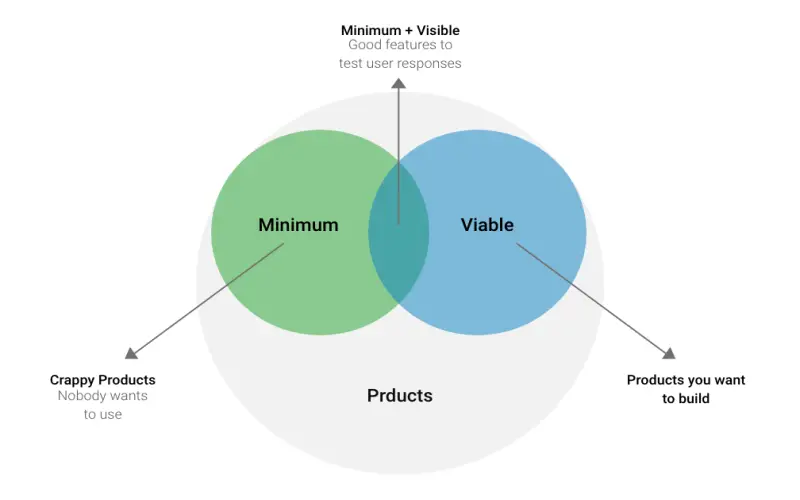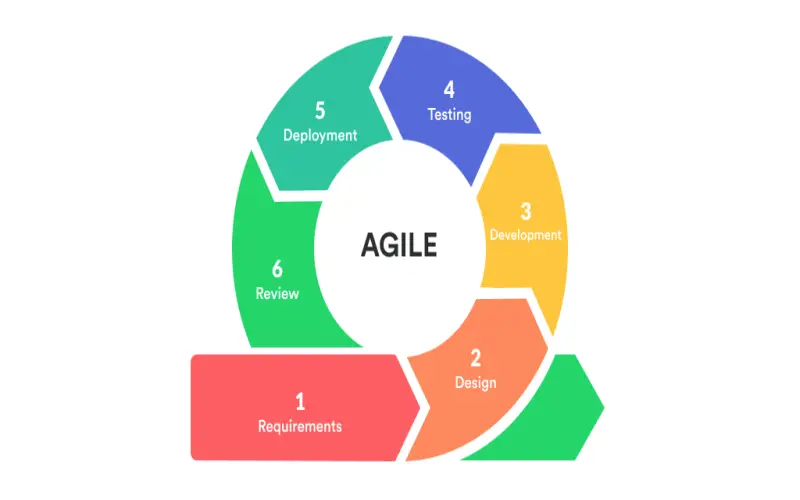According to reports in 2023, on average only around 10% of startups survive and the rest 90% are closed before they reach enough to sustain themselves. Statistics show that the top reasons why start-ups fail are because of no market need for their product, running out of funding, not working with the right people, and poor outcomes, which leads to out-competing in the market. By knowing how and what made people fail, you can understand and choose wisely by avoiding traps and finding products that people need and are ready to pay for. In this article, we will look at 10 Tips you must know if you are willing to build a successful tech Startup.
1. Develop A Product Related To Your Passion
To make a real impact, your solution should jump the curve ahead of the existing offerings in the markets. Minor improvements to existing products will attract significantly fewer people. It would be best if you had an innovative solution that solves problems radically. If you want to make a real impact in the world or want to make a good fortune out of it, you must choose the path in which you are interested. As you are passionate about something, you are more likely to continue it for longer times, with more interest, and effort.

2. Focus On One Problem
The key to success in Startup is to focus on one problem at a time. Initially, startups have limited resources and customers to manage and support at a time. It requires focusing on one problem at a time for the entire company, ensuring working toward the same goal and that a marketable product is built in the shortest amount of time. It also allows you to quickly focus customers to learn what features and enhancements they find helpful and are willing to pay for. It helps startups find solutions to problems faster and more efficiently.

3. Know Your Potential Customers
It’s beneficial and essential to understand why so many of the big tech companies say that former employees who have learned how the business works and understand the customer’s pain points see how to help customers better. These former employees have customer contacts, understand the customer’s needs, and IT systems, and know the value and price points of the possible solutions.

4. Build An MVP (Minimum Viable Product)
MVP which stands for Minimum viable product is a concept that focuses on creating a simple prototype of the actual product. There is nothing wrong with running behind perfection. Achieving perfection should be the primary goal of every tech company. Waiting to create a product with everything perfect can slow down your admission into the market and open the room for competitors. The best approach is to launch a minimum viable product (MVP) with essential features that solve your customer’s problems and gain their attention. And afterward, you can focus on constantly updating the existing product, increasing customer satisfaction.

5. Validate The Product With Early Adopters
The MVP is an excellent method of gauging commercial viability and gathering insightful market feedback, both are lacking if you try to develop perfection in a vacuum. If, at first, the market does not respond to your product as you had hoped, you can use this feedback to refine the product until it meets user needs. During this phase, it is best to start small but think globally; do not aim for global dominance right away. The majority of your MVP buyers will be early adopters. It is your chance to collaborate closely with them to create a practical solution to a practical problem. You can quickly win over the remaining people once you’ve impressed them with your answer.

6. Iterate To Meet Product-Market Fit
Create constant changes to products or software analyze early adopter’s feedback and adapt to required changes. Release the product to a larger community of your target market after you have validated and iterated several updates in software based on user feedback. Even if your product has all the features needed to meet all the user goals, it will still fall short of a competitor if no one knows about it and again there is always something left to go, so keep looking iterating.

7. Build A Skilled And Unified Team
Even though you might have the idea, you most certainly are lacking the necessary skills to launch and successfully manage a tech Startup. Avoid looking for leaders who reflect your values when hiring and instead look for candidates with complementary skills. Building an experienced group of professionals with a range of experiences and skills is crucial to the success of your tech Startup. Larry Page and Sergey Brin are the ideal representations of one of the most famous collaborations founded on this idea.

8. Get The Funding
Locate investors, generate money, and determine which area needs more funding. But it’s crucial to leave some leeway on both counts, particularly when they’re based on reliable market research. Should you need to make any changes, it should be within the scope of the project. Assisting you with estimating workforce allocation is also knowing how much you can spend on a project within a specific time frame.

9. Develop Agile Methodology
Initial business planning doesn’t have to be complicated. It can just be as easy as outlining your financial and operational goals. All you need to do is determine the areas to get possible investors and the target market. Investors might help you in the early years of losses, but they will also need you to generate stable business and a definite return on investment (ROI). If you can solve this problem, you will already have created a solid foundation for success.

10. Over-assess The Risks
When entering a new competitive market, especially in an industry as competitive as tech, it is better to over-assess and validate your risks and to be prepared for the worst-case scenarios (just in case) than to underestimate the situations and take a lot more time and attempts to succeed in tech Startup. You need to pay extra attention and put additional resources into creating a product and an excellent risk management plan, and also never underestimate the market trends.


















